Home>Interior Design>Which Color Is Best In A Living Room? Experts Advise
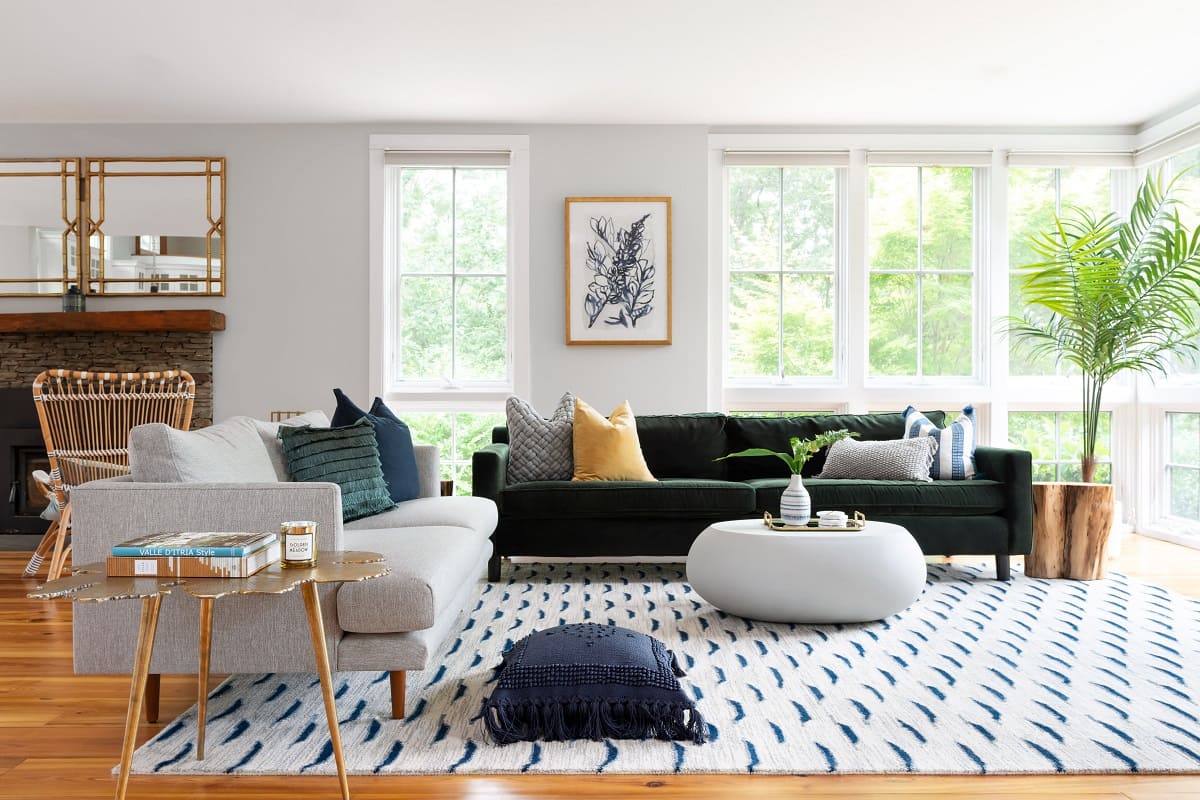

Interior Design
Which Color Is Best In A Living Room? Experts Advise
Modified: January 5, 2024
Discover expert advice on the best colors for your living room in this comprehensive guide on interior design. Find out which color schemes will transform your space and create a stunning ambiance.
(Many of the links in this article redirect to a specific reviewed product. Your purchase of these products through affiliate links helps to generate commission for Storables.com, at no extra cost. Learn more)
Introduction
Choosing the right color for your living room can have a significant impact on the overall ambiance and mood of the space. The color palette sets the tone and can influence how you and your guests feel in the room. With an overwhelming array of colors to choose from, it can be challenging to determine which one is best for your living room.
Color is a powerful tool that can evoke different emotions and create specific atmospheres. It is essential to understand the psychology of color before making a decision. Certain colors can promote relaxation and tranquility, while others can energize and stimulate. By considering the function of your living room and what you hope to achieve, you can select a color that aligns with your intentions.
There are several factors to consider when choosing a color for your living room. The size and natural lighting of the space play a significant role. Lighter colors tend to make a room feel more spacious and airy, while darker colors can create a cozy and intimate ambiance. Additionally, the style and decor of your living room should be taken into account. The color should complement the furniture, artwork, and accessories to create a cohesive and harmonious look.
In this article, we will explore the best color options for a living room and provide expert advice on how to incorporate them effectively. Whether you prefer a neutral, cool, or warm palette, there is a color that will enhance the beauty and functionality of your living room. By understanding the characteristics of different colors and how they can impact the atmosphere, you can make an informed decision and transform your living room into a space that reflects your style and personality.
Key Takeaways:
- Choose a color palette that aligns with your living room’s function and desired atmosphere. Consider factors like room size, natural lighting, and personal style to create a space that reflects your personality and promotes comfort.
- Incorporate accent colors strategically to add depth and personality to your living room. Experiment with bold hues and complementary tones to create focal points and visual interest, while maintaining a balanced and harmonious look.
Understanding the Psychology of Color
Color has a profound impact on our emotions and behavior. Different colors can elicit specific feelings and create different psychological effects. Understanding the psychology of color can help you choose the right color for your living room based on the atmosphere you want to create. Here are some common colors and their psychological associations:
- Blue: Blue is often associated with calmness, serenity, and tranquility. It can create a sense of relaxation and promote a peaceful environment in your living room. Light shades of blue are especially effective in creating a soothing atmosphere.
- Yellow: Yellow is often associated with happiness, positivity, and energy. It can evoke a cheerful and uplifting mood in your living room. However, it is important to use yellow in moderation as excessive exposure to bright yellow can lead to feelings of irritability.
- Green: Green is associated with nature, balance, and harmony. It can create a sense of freshness and renewal in your living room. Green is also known to have a calming effect and is often used in spaces where relaxation is desired.
- Red: Red is a bold and intense color that is associated with energy, passion, and excitement. It can stimulate conversation and increase energy levels in your living room. However, too much red can be overwhelming, so it is advisable to use it as an accent color or in moderation.
- Gray: Gray is a neutral color that signifies simplicity, elegance, and sophistication. It can create a sense of balance and calmness in your living room. Gray also serves as an excellent backdrop for showcasing bold furniture pieces or artwork.
It is important to note that individual preferences and cultural backgrounds can also influence how we perceive and respond to different colors. It is wise to consider your personal taste and the overall theme of your living room when interpreting the psychology of color. Experimenting with different shades and combinations can help you find the perfect color that resonates with you and creates the desired atmosphere in your living room.
Factors to Consider in Choosing a Color for Your Living Room
When selecting a color for your living room, it’s important to consider various factors to ensure that the chosen color complements your style, reflects your personality, and creates the desired ambiance. Here are some key factors to take into account:
- Size of the Room: The size of your living room can influence the choice of color. Lighter colors can make a small space appear larger and more open, while darker colors can create a cozy and intimate atmosphere in a larger room.
- Natural Lighting: Consider the amount of natural light your living room receives. If you have ample natural light, you can opt for a wider range of colors. However, if the room lacks natural light, it’s best to avoid dark colors that can make the space feel even smaller and dimmer.
- Functionality of the Space: Think about how you plan to use your living room. Will it be a space for relaxation and leisure, or a place for entertaining guests? Different colors can evoke different moods and emotions, so choose a color that aligns with the intended purpose of the room.
- Style and Decor: Consider the existing furniture, artwork, and accessories in your living room. The color should harmonize with the overall aesthetic and create a cohesive look. Take into account the colors of your furniture upholstery, curtains, and rugs, and select a color that complements these elements.
- Personal Preference: Ultimately, the color you choose should resonate with your personal taste and preferences. Your living room should be a reflection of your personality and style, so choose a color that makes you feel comfortable and happy.
Consider creating a mood board or gathering inspiration from interior design magazines or websites to visualize how different colors will look in your living room. You can also try painting small sample swatches on the walls and observing how the color changes throughout the day due to lighting conditions.
Remember that the color you choose is not permanent and can be changed if desired. Don’t be afraid to experiment and be creative with your color choices. By carefully considering these factors, you can select a color that enhances the beauty and functionality of your living room and creates a space that you and your guests will love to spend time in.
The Best Color Options for a Living Room
When it comes to choosing the best color for your living room, there is a wide range of options to consider. The best color will depend on your personal taste, the style of your home, and the atmosphere you want to create. Here are some popular color options that work well in living rooms:
- Neutral Colors: Neutral colors like white, beige, and gray are timeless and versatile choices for living rooms. They create a clean and sophisticated backdrop that can easily complement any style of furniture or decor. Neutral colors also help to make the space feel more open and spacious.
- Cool Colors: Cool colors such as blues, greens, and purples promote a sense of calmness and relaxation in the living room. Light shades of blue can create a serene and tranquil atmosphere, while shades of green can evoke a connection to nature and bring a sense of harmony. Cool colors are especially suitable for creating a peaceful retreat in a busy household.
- Warm Colors: Warm colors like reds, oranges, and yellows add energy and vibrancy to a living room. They can create a cozy and welcoming atmosphere. Warm colors are particularly effective in larger living rooms or spaces where you want to inspire conversation and social interaction.
- Earth Tones: Earth tones such as browns, tans, and terracottas can add warmth and a sense of grounding to a living room. These colors take inspiration from nature and can create a soothing and inviting ambiance. Earth tones can be paired with neutral colors or used as accent colors to create a balanced and harmonious look.
- Accents: Using accent colors can add character and visual interest to the living room. You can choose a neutral or subtle color scheme as a base and then incorporate pops of bold or vibrant colors through artwork, pillows, rugs, or accent furniture. This allows you to easily change and update the color scheme without a major overhaul.
Remember that the color you choose should reflect your personal style and preferences. Don’t be afraid to experiment with different shades and combinations to find the perfect color that resonates with you and creates the desired atmosphere in your living room. Consider creating a cohesive color palette throughout your home to ensure a seamless flow between rooms.
Lastly, lighting plays a crucial role in how colors appear in a room. Consider the type of lighting you have – natural, incandescent, or fluorescent – and how it may affect the perception of color. Be sure to test paint samples in different lighting conditions to ensure you are happy with the color choice.
Expert Advice on Using Neutral Colors
Neutral colors are a classic choice for living rooms due to their timeless appeal and versatility. They provide a calm and sophisticated backdrop that allows you to experiment with different furniture styles, textures, and accent colors. Here, we have gathered some expert advice on how to effectively use neutral colors in your living room:
- Layer Different Shades: One of the key strategies in using neutral colors is to layer different shades within the same color family. This creates depth and visual interest in the room. For example, you can combine various shades of beige, cream, and taupe to add dimension and warmth to your living room.
- Play with Texture: Neutrals provide the perfect canvas for showcasing different textures. Mix and match materials like plush velvet, woven textiles, and sleek metals to add visual intrigue and tactile appeal to the space. By incorporating different textures, you can create a cozy and inviting atmosphere.
- Use Contrasting Colors: Neutral colors work well as a backdrop for vibrant accent colors. Consider adding pops of bold or contrasting hues through accessories such as throw pillows, artwork, or rugs. This creates a focal point and adds interest to the living room without overpowering the overall neutral palette.
- Consider Warm or Cool Undertones: Neutral colors can have either warm or cool undertones. Warm neutrals have hints of yellow, orange, or red, while cool neutrals have undertones of blue or green. Consider the overall aesthetic and desired atmosphere of your living room when choosing between warm or cool neutrals, as this will influence the overall mood of the space.
- Pay Attention to Lighting: Lighting plays a crucial role in how neutral colors are perceived. Natural light can bring out the true tones of neutrals, while artificial lighting can create different effects. Test different neutral paint samples in your living room under different lighting conditions to find the right shade that complements the space.
Neutral colors are also an excellent choice for small living rooms as they can make the space appear larger and more open. However, be mindful of incorporating contrasting textures and patterns to avoid a monotonous or flat look.
In summary, neutral colors provide a versatile and timeless foundation for your living room. By layering different shades, incorporating texture, and adding pops of color, you can create a stylish and inviting space that reflects your personal style. Experiment with various elements to find the perfect balance that suits your taste and enhances the overall aesthetic of your living room.
Consider using a neutral color like light gray, beige, or soft blue for a living room. These colors create a calming and inviting atmosphere, and can easily be accented with bolder colors through decor and accessories.
Creating a Calming Atmosphere with Cool Colors
Cool colors, such as blues, greens, and purples, have a calming and soothing effect on our minds and can help create a peaceful atmosphere in your living room. Cool colors are often associated with elements of nature like water and sky, evoking a sense of tranquility and serenity. Here are some expert tips on how to use cool colors effectively to create a calming ambiance in your living room:
- Light Shades for a Soft Look: Lighter shades of cool colors, such as pastel blues or soft greens, can create a soft and gentle atmosphere in your living room. These shades reflect more light and can make the space feel larger and more open. Consider using a light color on the walls to establish a calm foundation.
- Combine with Neutral Colors: To prevent a cool color scheme from feeling too icy or sterile, consider incorporating neutral colors into the mix. Neutral tones like whites, creams, and beiges can balance out the cool colors and add warmth to the living room. You can use neutral-colored furniture, rugs, or curtains to achieve this effect.
- Consider Different Undertones: Cool colors can have varying undertones, such as blue-green or blue-purple. Experiment with different undertones to find the shade that best resonates with the calm and serene mood you want to create in your living room. Pay attention to how different undertones interact with the natural and artificial lighting in the room.
- Use Complementary Colored Accents: To add depth and visual interest to your living room, consider incorporating accents in complementary colors. Complementary colors are those that are opposite each other on the color wheel. For cool colors, warm accents like oranges, corals, or yellows can create a striking and harmonious contrast.
- Bring in Nature-inspired Elements: Cool colors are often associated with nature, so consider incorporating natural elements into your living room. This can include elements like indoor plants, artwork featuring landscapes or seascapes, or natural materials like wood or stone. These elements can further enhance the calming atmosphere and create a connection to the outdoors.
Remember to take into account the size of your living room and the amount of natural light it receives. If your living room is small or lacks natural lighting, opt for lighter shades of cool colors to create a more spacious and airy feel. If your living room is larger with ample natural light, you can experiment with deeper or richer cool tones to add depth and drama.
By incorporating cool colors effectively, you can create a living room that becomes a serene sanctuary, offering a peaceful retreat from the stresses of everyday life. With the right color choices and thoughtful design elements, you can establish a calming ambiance that promotes relaxation and tranquility in your living space.
Adding Warmth and Energy with Warm Colors
Warm colors, such as reds, oranges, and yellows, have the ability to create a cozy and energetic atmosphere in your living room. Warm colors are associated with elements like fire and sunshine, evoking feelings of warmth, comfort, and vibrancy. Here are some expert tips on how to effectively use warm colors to add warmth and energy to your living room:
- Focus on Accent Walls: One effective way to incorporate warm colors is by using them on an accent wall. Painting one wall in a bold shade of red or orange can instantly create a focal point and inject warmth into the living room. This approach works particularly well in larger living rooms or open-concept spaces.
- Layer with Neutral Colors: To balance the intensity of warm colors, consider layering them with neutral colors like beige, cream, or gray. Neutral-toned furniture, curtains, or rugs can help create a harmonious balance and prevent the living room from feeling overwhelming or overly stimulating.
- Mix Warm Colors with Cool Accents: To create a dynamic and visually appealing contrast, consider incorporating cool accents into your warm color scheme. Pair warm wall colors with cool-colored accessories such as artwork, pillows, or throws. The combination of warm and cool colors creates a striking and balanced look.
- Consider Different Shades and Tones: Warm colors come in various shades and tones, so experiment with different options to find the one that suits your taste and desired atmosphere. Deep shades of red or burnt orange can add a sense of richness and intimacy, while lighter shades can create a more subtle and cheerful vibe.
- Use Lighting to Enhance Warmth: Lighting is a crucial element in creating warmth in your living room. Opt for warm and soft lighting fixtures and consider incorporating candles or table lamps with warm-toned bulbs. The right lighting can intensify the warmth and cozy ambiance of the warm color palette.
It’s essential to strike a balance when using warm colors. While warm colors can create a vibrant and energetic atmosphere, using them excessively or in too small of a space can be overwhelming. Be sure to consider the size, natural light, and overall style of your living room to determine how much warm color is appropriate.
Additionally, warm colors can be used strategically to make a large living room feel cozier and more intimate. Painting the end walls in warm shades can help visually bring the walls closer together and create a sense of coziness. It’s all about finding the right balance and creating a space that feels both energizing and inviting.
By incorporating warm colors effectively, you can infuse your living room with a sense of warmth and energy. The dynamic and vibrant shades will create an inviting atmosphere, making your living room a welcoming space for both relaxation and social gatherings.
Exploring the Versatility of Earth Tones
Earth tones, such as browns, tans, and terracottas, offer a versatile and timeless color palette for your living room. Derived from nature, earth tones create a calming and organic atmosphere that can suit a variety of design styles. Here are some expert tips on how to explore the versatility of earth tones in your living room:
- Embrace the Natural Beauty: Earth tones are inspired by the colors found in nature, so allow them to take center stage in your living room. Opt for rich and warm shades of brown, tan, or terracotta for the walls or large furniture pieces. This will create a warm and inviting atmosphere reminiscent of the natural world.
- Mix and Match Textures: To add depth and visual interest to your living room, experiment with different textures within the earth tone palette. Incorporate woven fabrics, wooden accents, and natural materials like stone or jute for a textured effect. This will create a cozy and layered look that enhances the earthy feel of the room.
- Complement with Neutral Colors: Earth tones work well with neutral colors like white, cream, or gray. Use neutral-colored furniture, curtains, or rugs to balance out the richness of the earth tones and create a cohesive and harmonious look. These neutral elements can also help to brighten up the space if you prefer a lighter and airier feel.
- Experiment with Accent Colors: While earth tones are the focus, don’t shy away from incorporating accent colors to add pops of interest and vibrancy. Consider accents in complementary colors such as mustard yellow, deep green, or even soothing blues. These accent colors can be introduced through throw pillows, artwork, or decorative accessories.
- Pair with Natural Elements: Enhance the earthy feel of your living room by incorporating natural elements. Add indoor plants, place organic-shaped pottery or wooden bowls as decor, or even introduce a stone feature wall. These natural elements will not only complement the earth tones but also create a sense of grounding and tranquility.
Whether you prefer a contemporary, rustic, or bohemian style, earth tones can seamlessly blend into various design aesthetics. Their versatility allows you to create a warm and inviting living room that feels connected to nature while still reflecting your personal style.
It’s important to consider the size of your living room and the amount of natural light it receives when using earth tones. If your living room is small or lacks natural light, opt for lighter shades to create a sense of spaciousness. If your living room is larger or has ample natural light, you can experiment with deeper or richer earth tones for a cozy and intimate feel.
By exploring the versatility of earth tones, you can create a living room that feels grounded, serene, and welcoming. The earthy palette will bring a sense of warmth and comfort to the space, making it the perfect place to unwind and reconnect with nature.
Incorporating Accent Colors to Enhance the Space
Incorporating accent colors into your living room can add personality, visual interest, and depth to the space. Accent colors are vibrant hues that are strategically used to highlight certain elements or create focal points. Here are some expert tips on how to effectively incorporate accent colors in your living room:
- Select a Bold Color: Choose a bold and eye-catching color that complements the overall color scheme of your living room. This can be a vibrant red, a deep royal blue, a sunny yellow, or any color that adds contrast to the existing palette. The key is to select a color that will stand out and draw attention to the chosen area or item.
- Focus on a Single Element: To make a visual impact, concentrate the accent color on a single focal point or element in the living room. This could be a statement wall, a piece of furniture, or a large artwork. By limiting the use of the accent color, you create a sense of intention and highlight that particular element in the room.
- Create Balance with Neutrals: To keep the overall look balanced and harmonious, pair the accent color with neutral shades like white, gray, or beige. The neutral backdrop will help the accent color to stand out and shine. Use neutral-colored walls, flooring, or larger furniture pieces to create a cohesive and visually appealing setting.
- Consider Complementary Colors: When selecting an accent color, also consider its complementary color on the color wheel. Complementary colors are opposite each other and create a vibrant contrast when paired together. For example, if your accent color is a bold shade of blue, consider incorporating elements in a complementary orange or yellow to create a striking visual impact.
- Use Accessories and Textiles: Accessorizing with accent colors is a great way to incorporate them into your living room. Use throw pillows, blankets, curtains, rugs, or artwork in the accent color to infuse energy and vibrancy into the space. These accessories can be easily changed or rotated to refresh the look of the living room whenever desired.
When incorporating accent colors, it’s essential to strike the right balance. Avoid overusing the accent color to prevent overwhelming the room. The goal is to create visual interest and draw attention to specific elements, not to overpower the entire space.
Experiment with different color combinations to find the accent colors that resonate with your style and create the desired impact in your living room. Be bold and playful with your choices, and don’t be afraid to express your personality through the accent colors you choose.
By incorporating accent colors strategically, you can enhance and elevate the style and ambiance of your living room. The accent colors will bring depth and personality to the space, creating a visually engaging and dynamic environment that reflects your unique taste and aesthetic.
Conclusion
Choosing the right color for your living room is an important decision that can significantly impact the overall ambiance and mood of the space. Whether you opt for neutral colors, cool colors, warm colors, or earth tones, each color palette offers its own unique qualities and effects. Understanding the psychology of color and considering factors such as room size, natural lighting, functionality, and personal style are key elements in making the right choice.
Neutral colors provide a timeless and versatile backdrop that can easily complement any style and allow you to play with textures and accent colors. Cool colors create a calm and serene atmosphere, making them ideal for creating a relaxing retreat. Warm colors infuse energy and vibrancy, adding a cozy and inviting feel to the living room. Earth tones bring a sense of nature and grounding, offering a versatile palette that can suit various design styles.
Expert tips include layering different shades, playing with texture, and incorporating complementary colors and natural elements to create depth and visual interest. Accent colors can be strategically used to create focal points and add personality to the space, while maintaining a balanced and harmonious look.
Ultimately, the choice of color for your living room should reflect your personal taste, style, and desired atmosphere. It should create a space that you feel comfortable and happy in, as well as reflect your unique personality. Remember to consider the size of the room, lighting conditions, and the overall theme of your home when making your decision.
By carefully selecting the right color for your living room and incorporating it effectively, you can transform your space into a beautiful and inviting haven that reflects your style and enhances your everyday living experience.
So go ahead, explore the world of colors and let your living room be a showcase of your personal style and a reflection of the ambiance you wish to create. From tranquil neutrals to energetic warm tones, the possibilities are endless. Embrace the power of color and let it breathe life and character into your living room – your very own sanctuary of comfort and style.
Frequently Asked Questions about Which Color Is Best In A Living Room? Experts Advise
Was this page helpful?
At Storables.com, we guarantee accurate and reliable information. Our content, validated by Expert Board Contributors, is crafted following stringent Editorial Policies. We're committed to providing you with well-researched, expert-backed insights for all your informational needs.
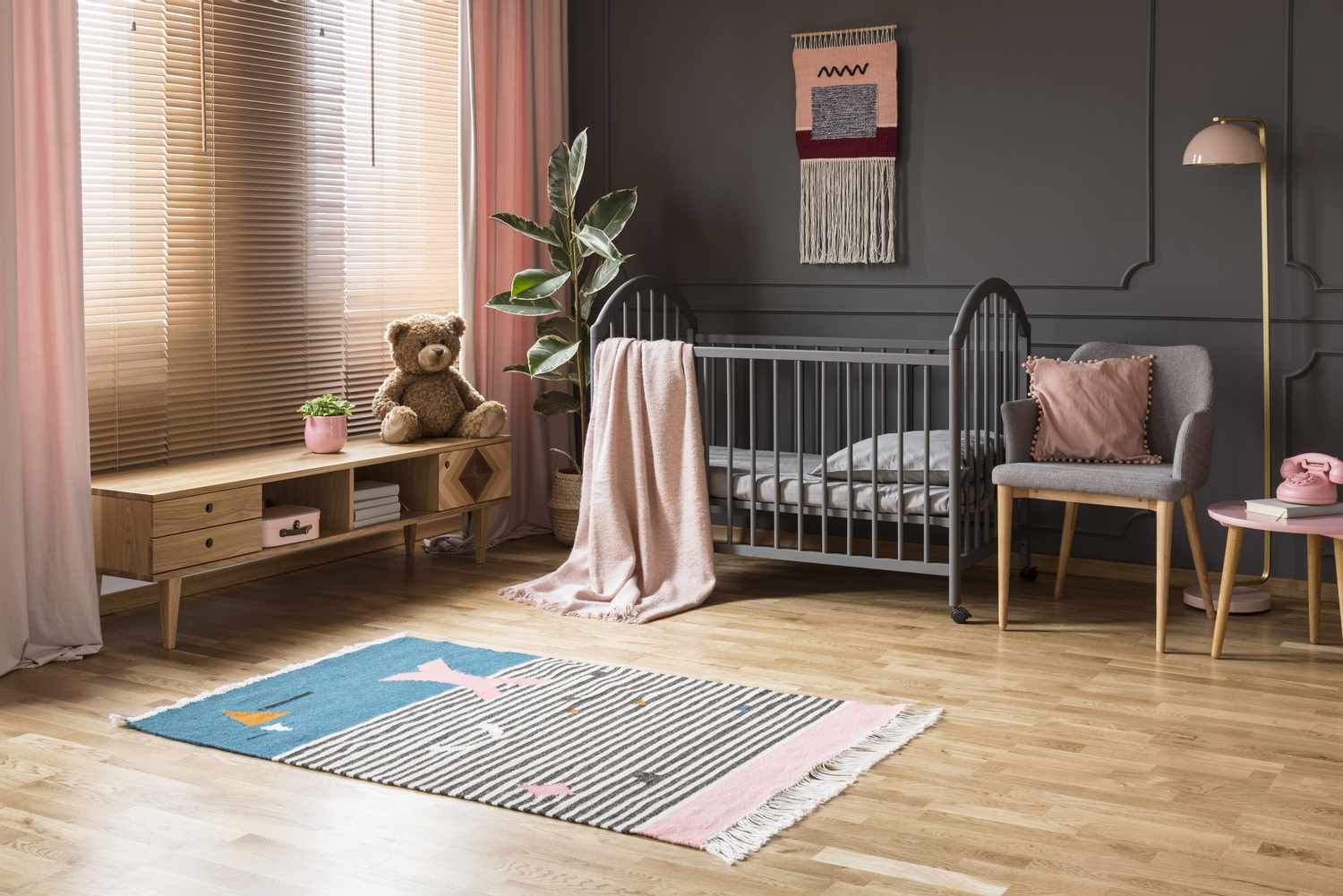
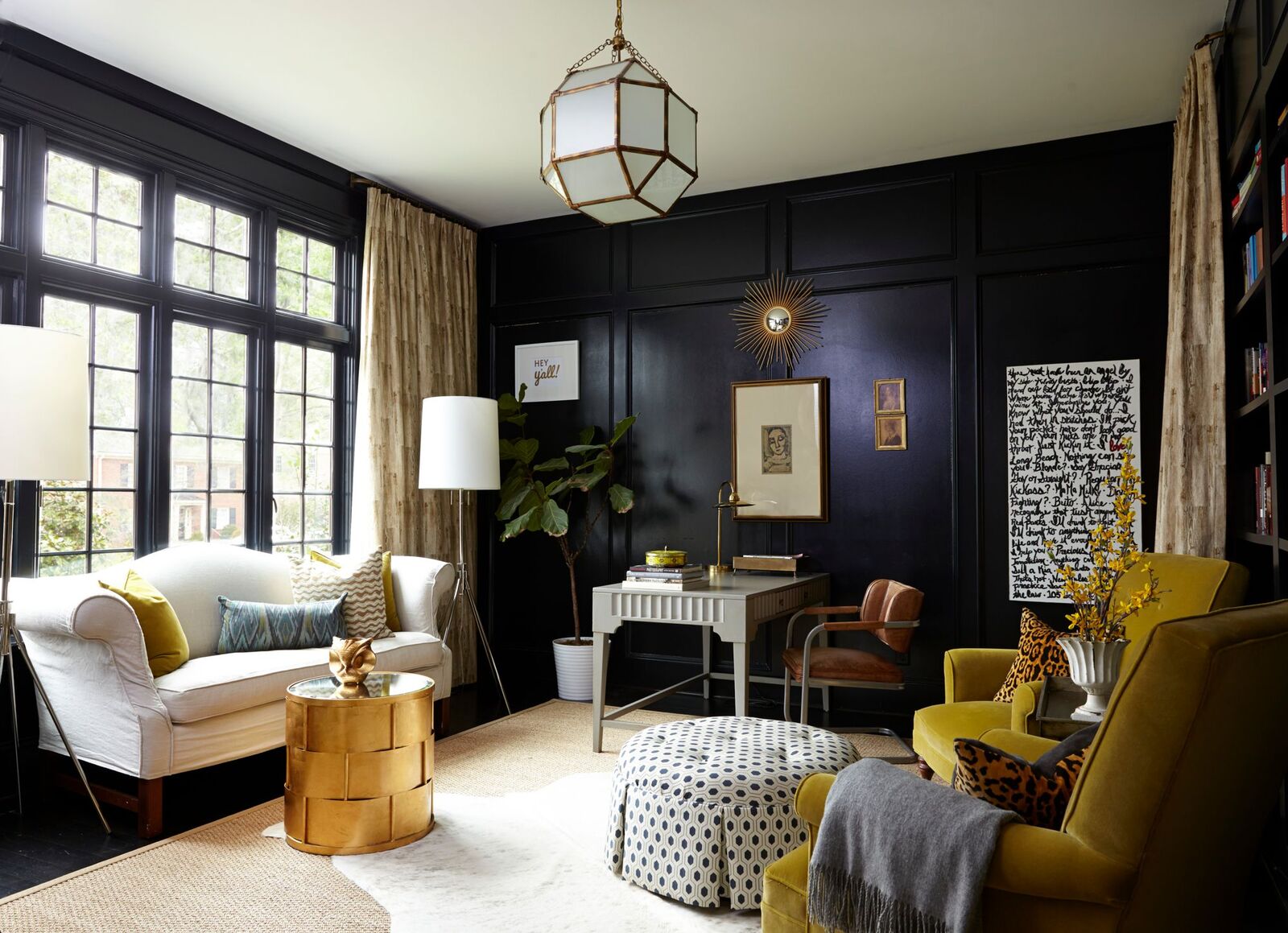
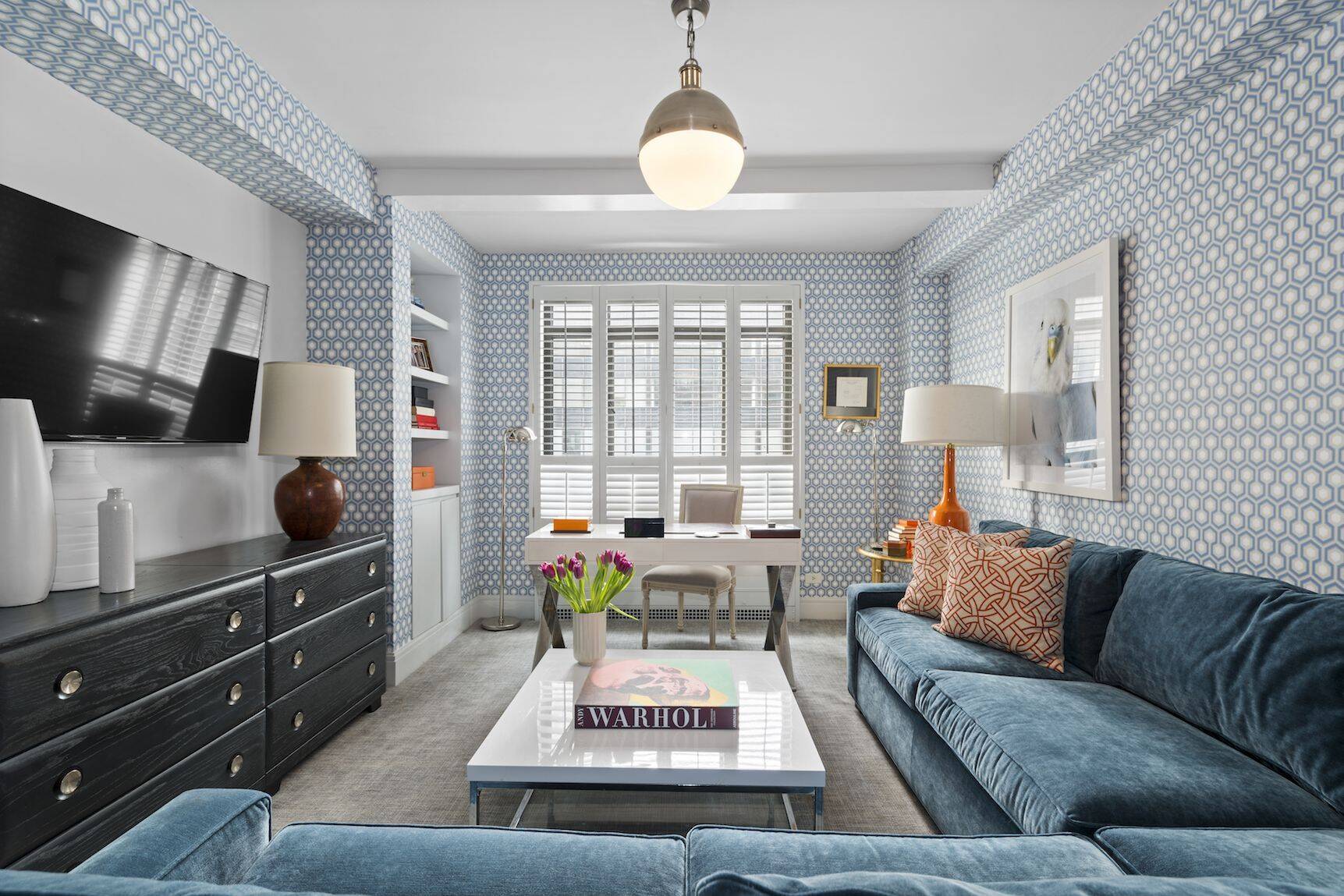
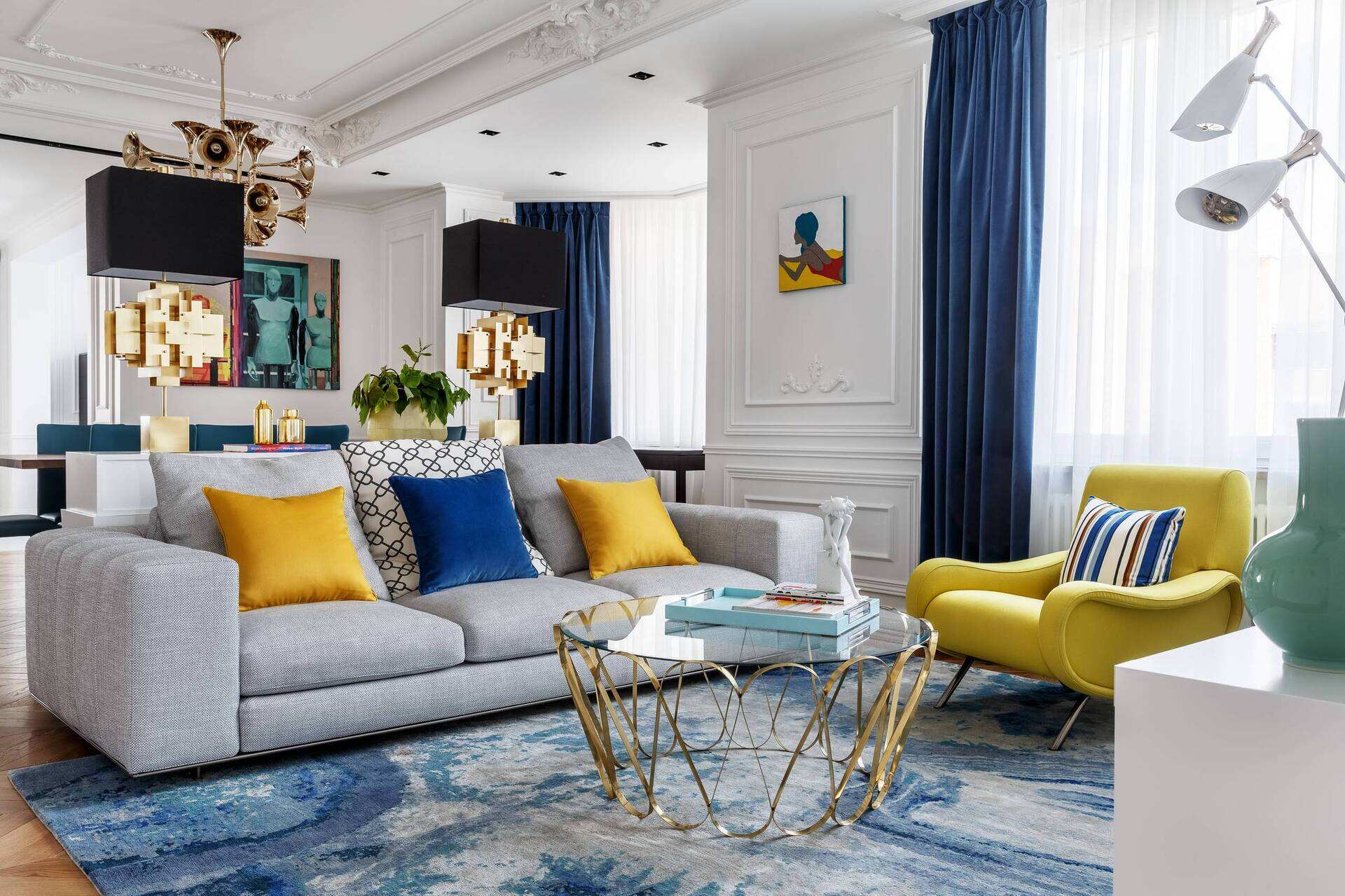
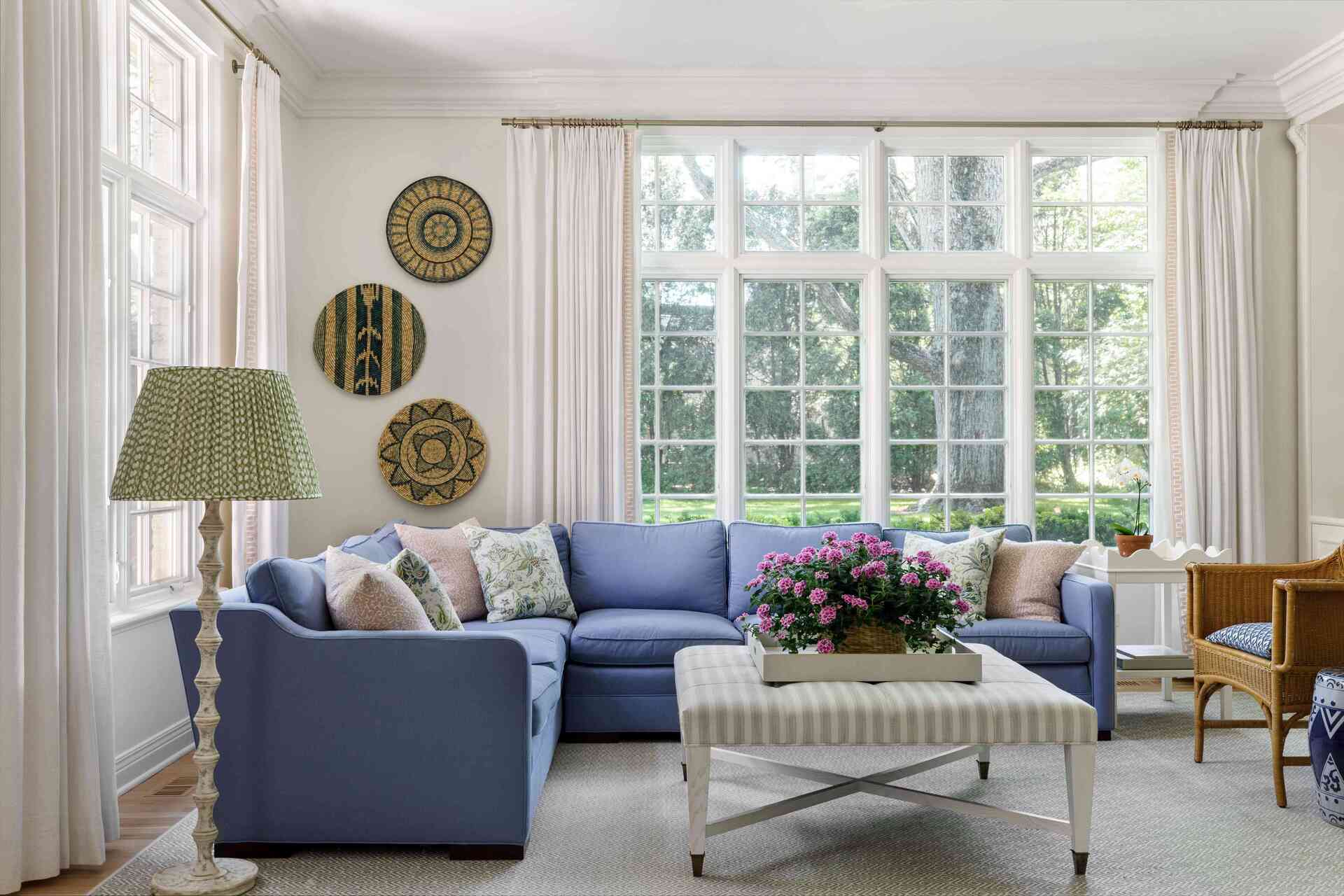
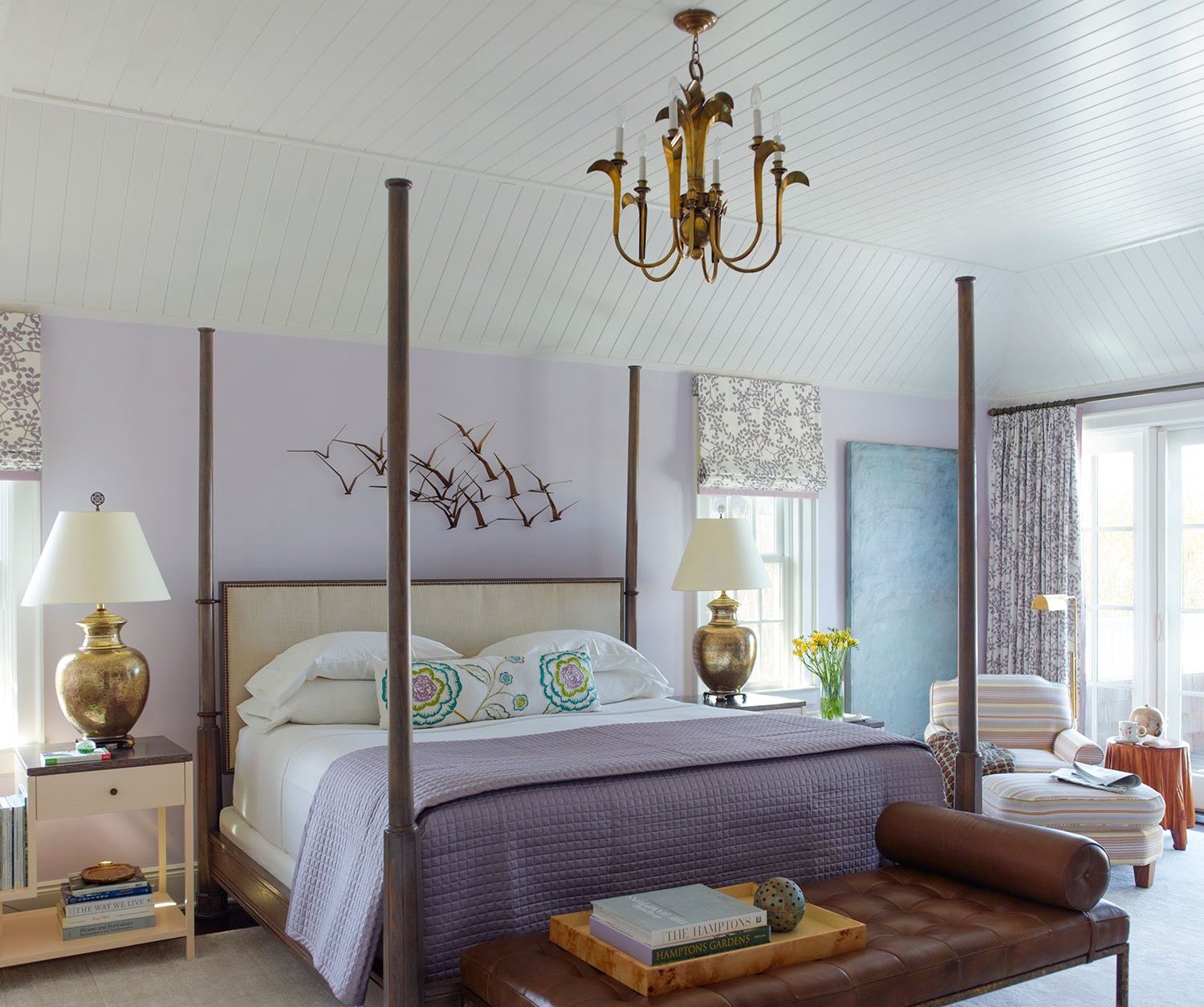
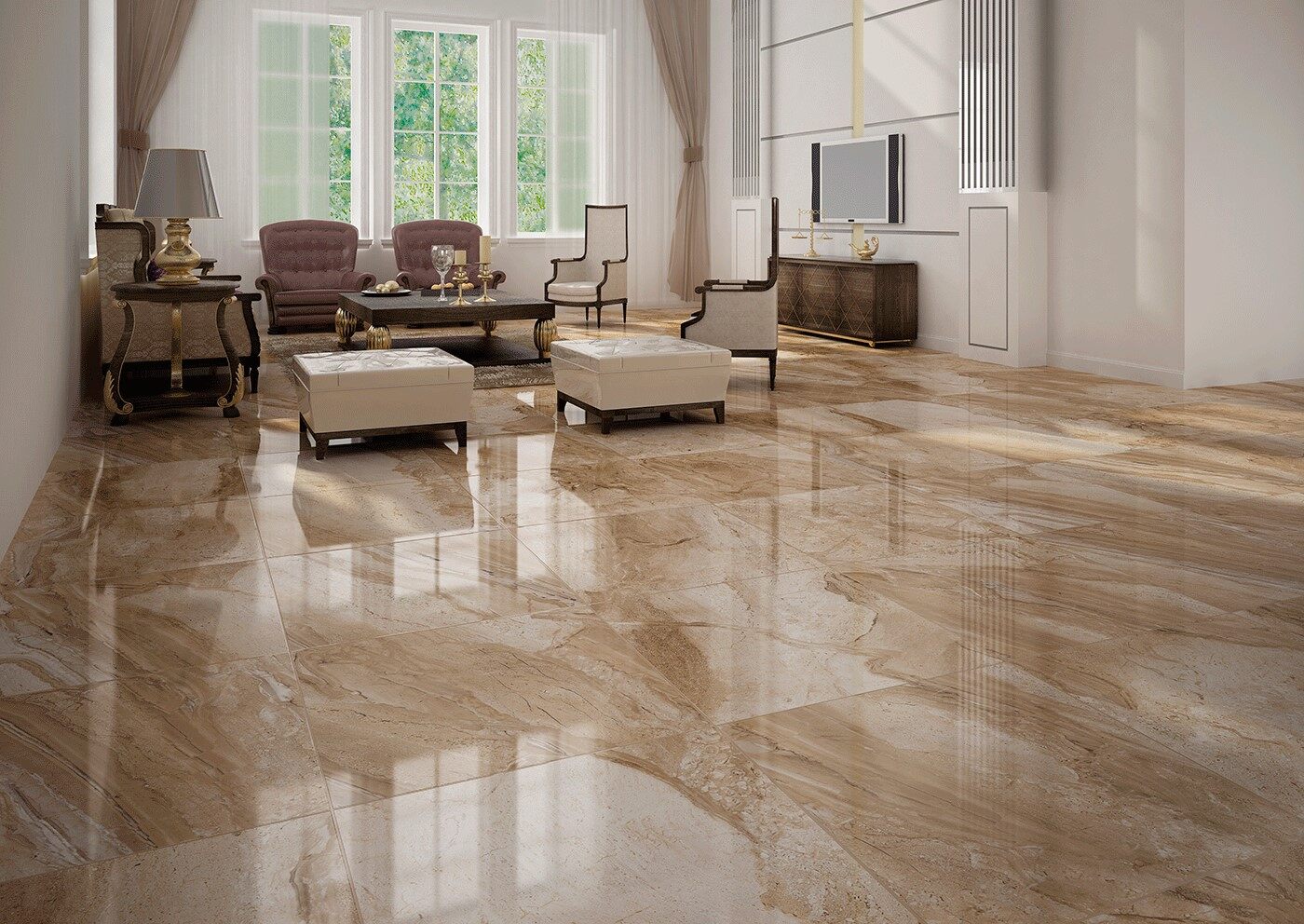
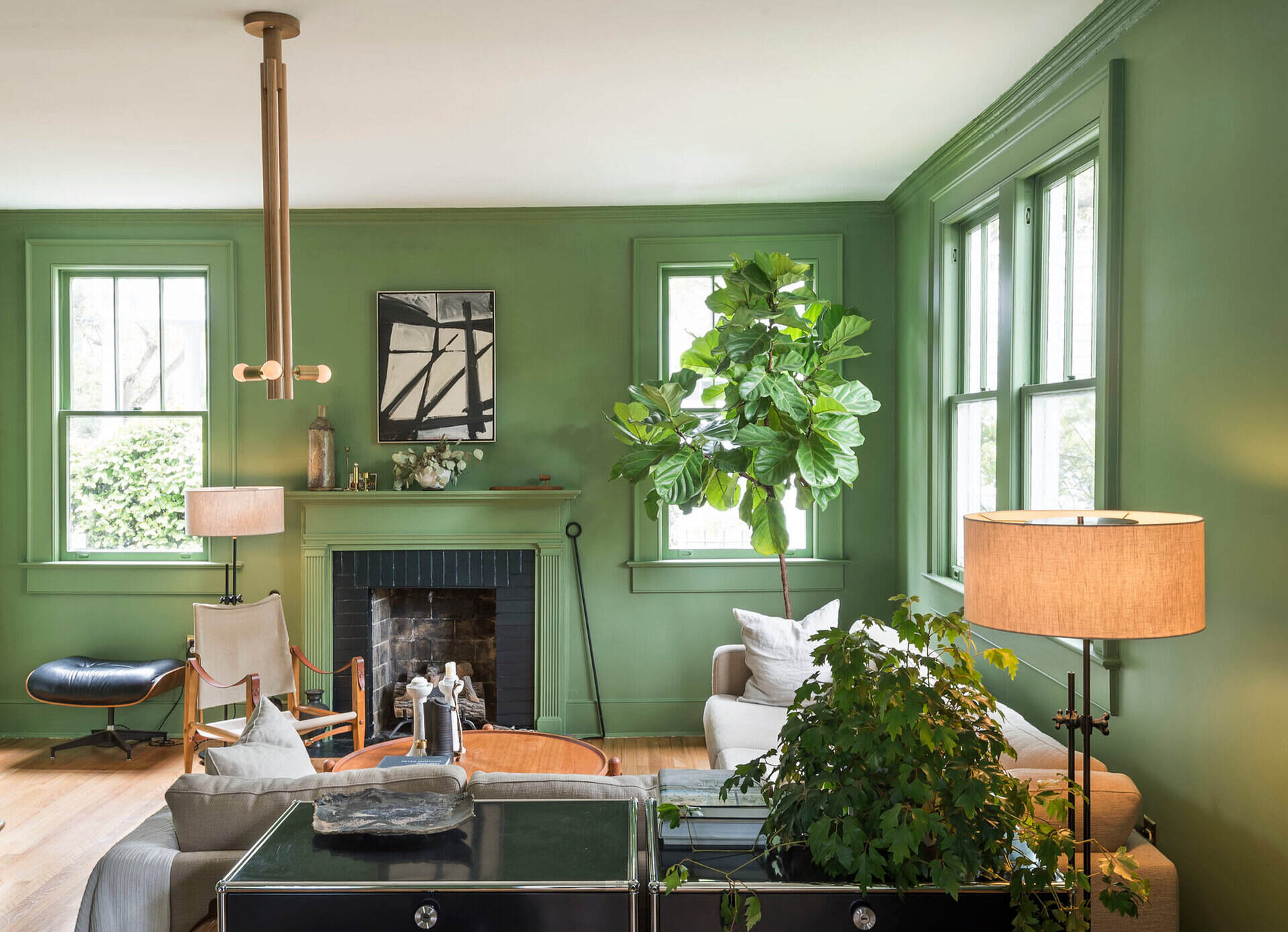

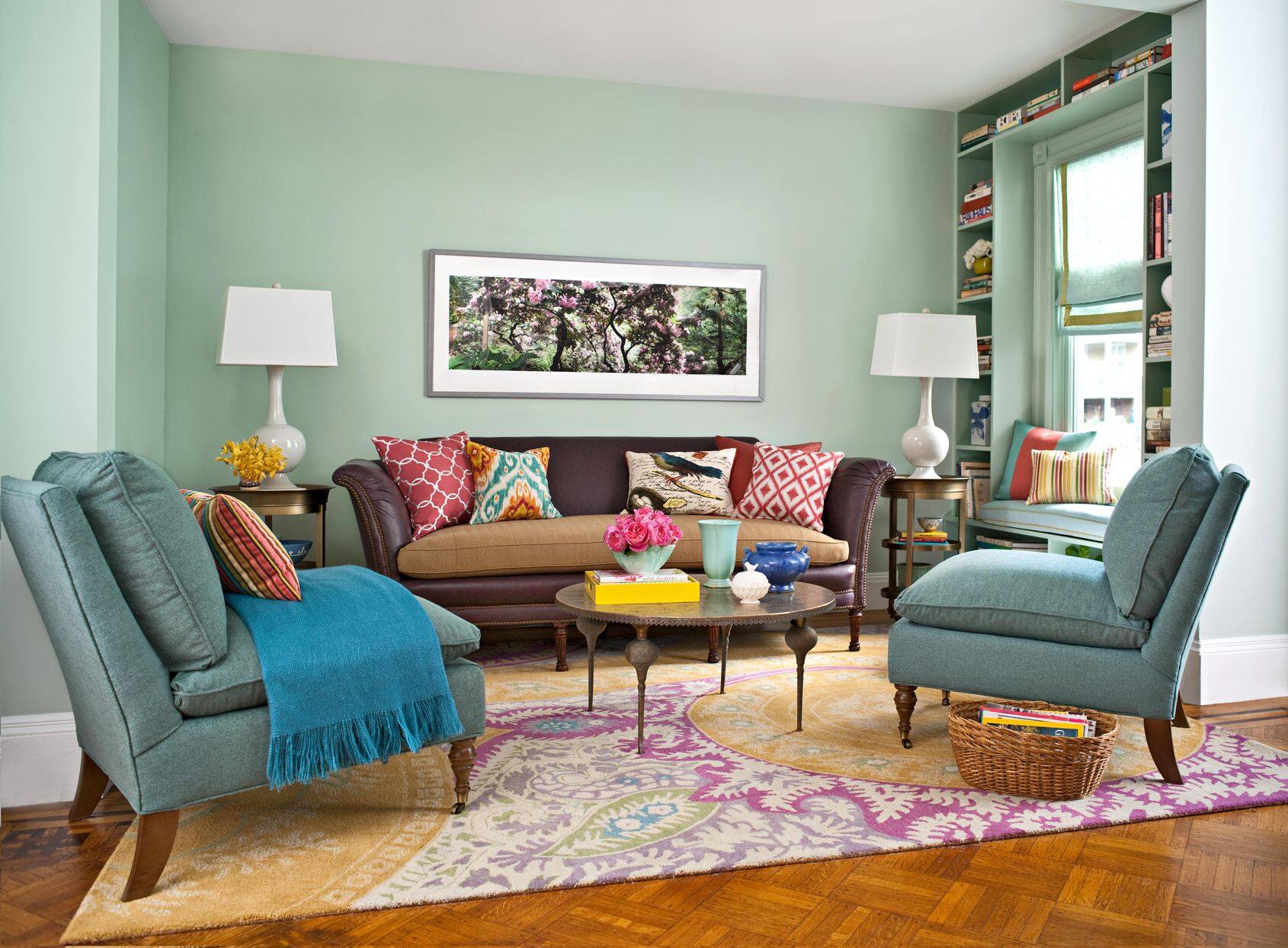

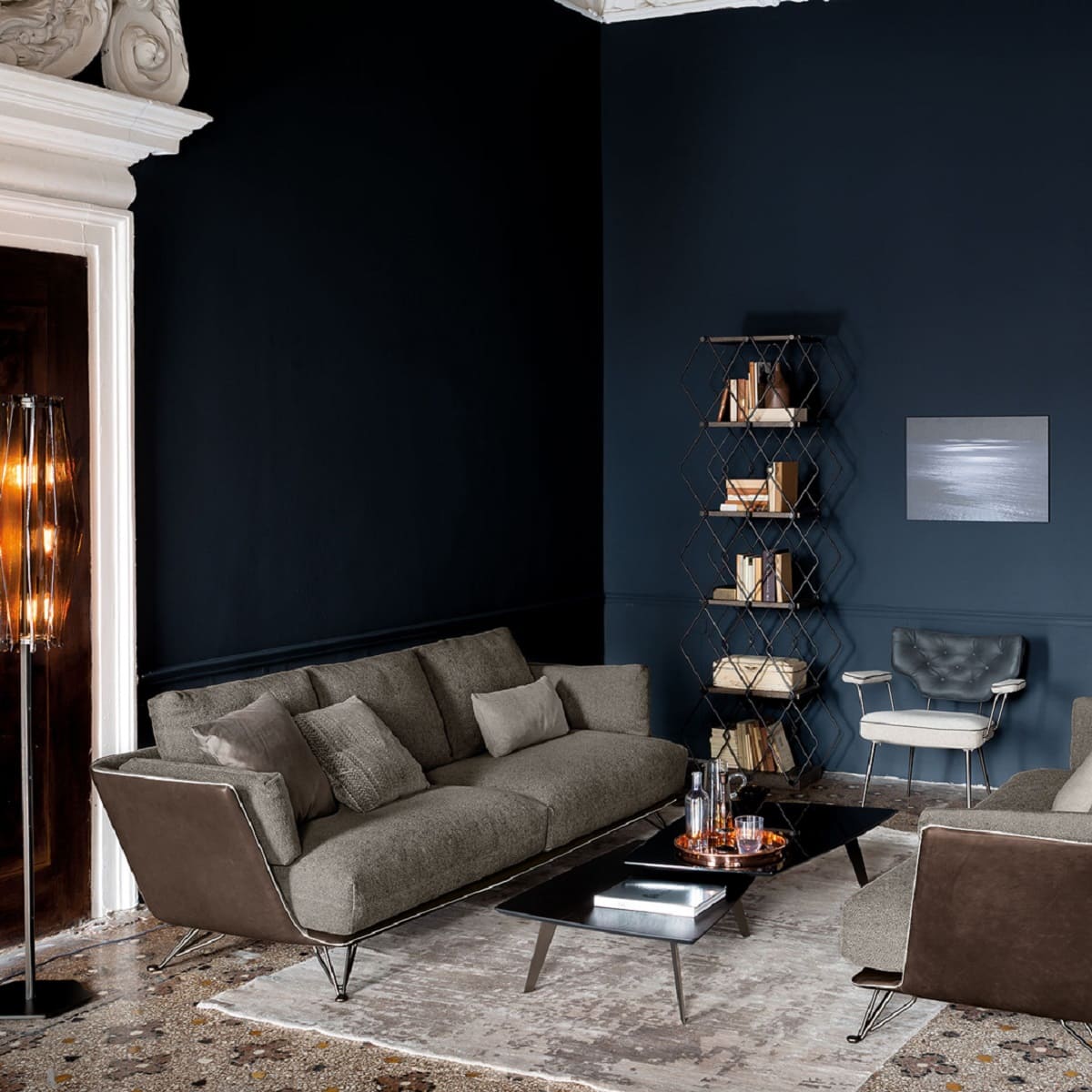
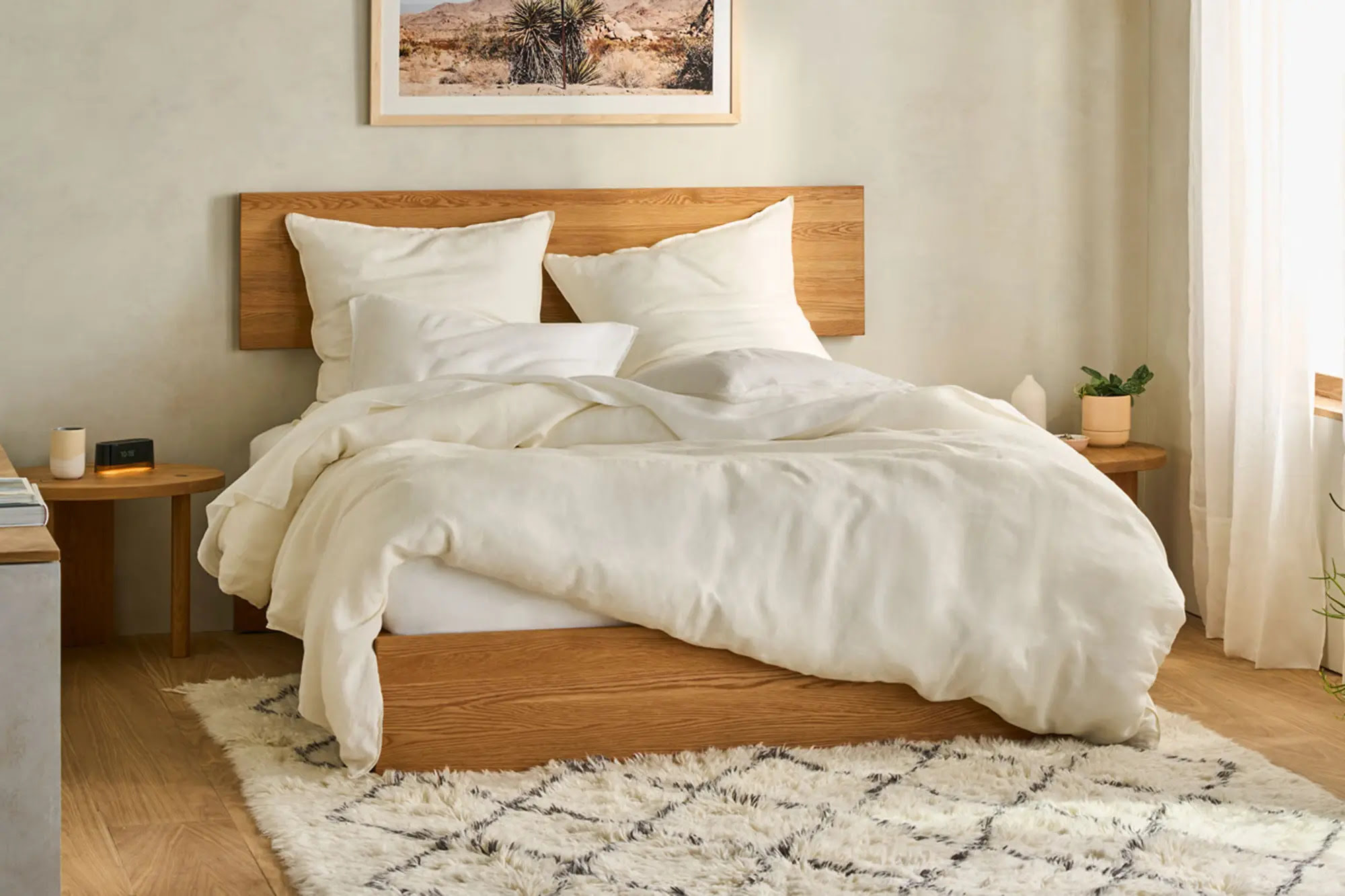

0 thoughts on “Which Color Is Best In A Living Room? Experts Advise”